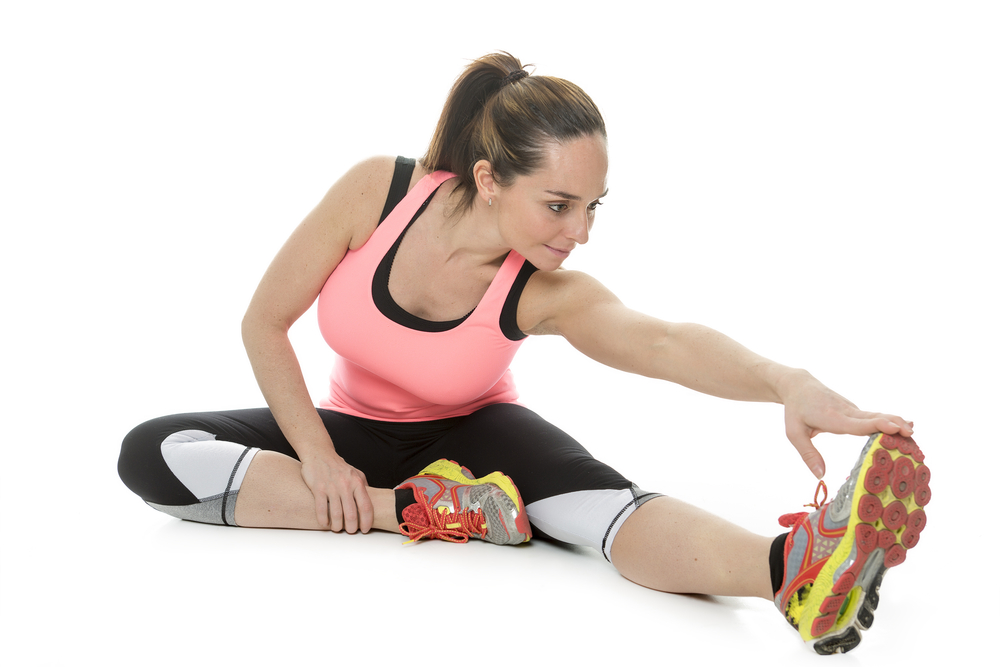Stretching is a common component of post-exercise cool-downs because it improves blood flow and circulation following a workout, supplying more oxygen to the muscles and brain, and easing discomfort and pain.
However, as you may already be aware, some stretches can also improve the effectiveness of your warm-up before a workout by assisting in the release of tight muscles and expansion of their range of motion, thereby priming the body for the strenuous activity that lies ahead.
Stretches may be added to your program in a variety of ways, and the most of them will undoubtedly improve your performance. However, the benefits can be enormous if you carefully match the right stretches to your training style.The two most common forms of stretching are by far static and dynamic stretches, both of which you have probably previously experienced to some extent.
Bending over and touching your toes is a nice illustration. When done after a workout, when the muscles are sufficiently relaxed, static stretches are most effective. The duration of a stretch is contingent upon the person's age and history of injuries; nevertheless, a good general guideline is to hold the stretch for as long as you can bear the discomfort.
Alternatively, dynamic stretches utilize the momentum created by slow, purposeful movement of the extremities to their maximum range of motion. Put another way, the stretch is executed by performing 10–12 repetitions of a difficult but manageable range of motion.
According to studies, athletes who incorporate dynamic stretches into their warm-up regimen experience enhanced muscle performance and endurance because of their increased functional range of motion and mobility.
We used to be told that static stretching was the best way to warm up your muscles before a hard workout, but new research has revealed that, even though it can help your muscles loosen up, static stretching doesn't really relate to what you're going to be doing, doesn't translate well into functional flexibility, and may even raise your risk of injury rather than lower it.
By means of muscle lengthening and fascial release, the AIS approach facilitates the dynamic and assisted stretching of major muscle groups. The four guiding concepts of this stretching program were created more than 30 years ago by kinesiotherapist Aaron Mattes:
• Inhaling upon release are all recommended.
Isometric stretching is one of the best ways to increase static passive flexibility because it highlights isometric contractions, which happen when tension is created inside a muscle group without changing its length.
Ballistic stretching aims to push a limb above its natural range of motion by using its momentum to make it bounce into a stretched position.
Applying light pressure to the fascia—a network of connective tissues that connects various body parts and the muscles that underlie them—is a safe and incredibly powerful technique known as myofascial release.
PNF is a more sophisticated type of flexibility training that incorporates both the stretching and contraction of the targeted muscle. It does this by carefully combining isometric and static stretching.
PNF stretching involves passively stretching the targeted muscle, followed by an isometric contraction against the resistance while the muscle is stretched. The final phase involves gently stretching the same muscle within the expanded range of motion that the stretch has provided. An enormously expanded range of motion is the ultimate outcome.
As you can see, the objectives of every stretching variant are to increase a person's range of motion, flexibility, and muscular function. While these methods are easy to use and don't take much time, they can help you get better results and speed up the healing process by giving your muscles and joints greater flexibility and strength. Use them sparingly and during the right parts of your routine.
However, as you may already be aware, some stretches can also improve the effectiveness of your warm-up before a workout by assisting in the release of tight muscles and expansion of their range of motion, thereby priming the body for the strenuous activity that lies ahead.
Stretches may be added to your program in a variety of ways, and the most of them will undoubtedly improve your performance. However, the benefits can be enormous if you carefully match the right stretches to your training style.

Comments
Post a Comment